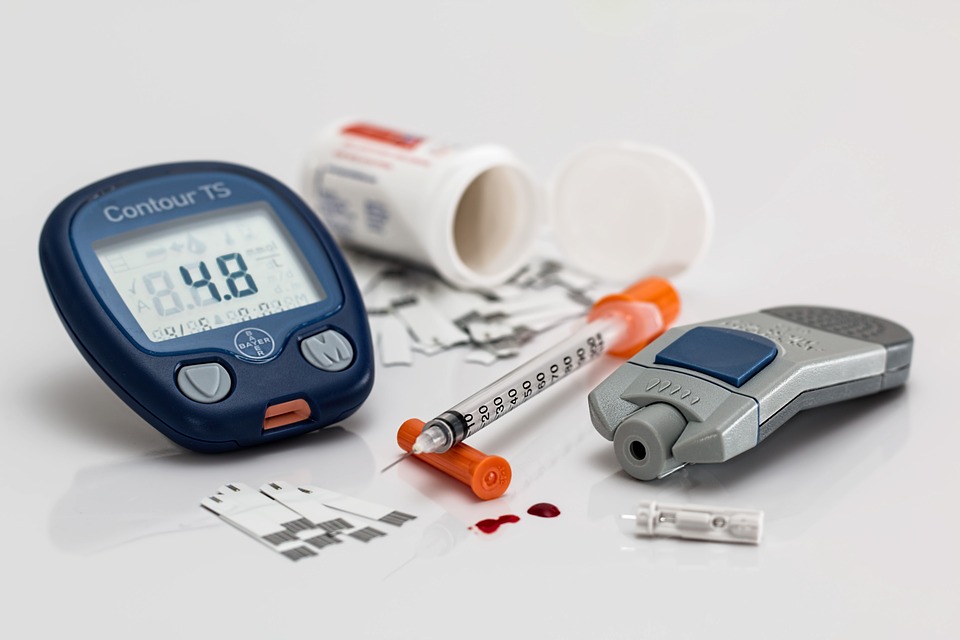Many American adults are affected by prediabetes. A new study has found that its prevalence among youths is also increasing.
For their study, published Monday in JAMA Pediatrics, researchers looked at the trends in prediabetes among American youths aged 12 to 19 from 1999 until 2018. To do this, they looked at the data of 6,598 participants, about half of whom were male, reported HealthDay.
“A recent study estimated that among youths aged 12 to 19 years, approximately 1 in 5 had prediabetes, with large variations across sociodemographic characteristics,” the researchers wrote. “However, trends in the prevalence of prediabetes among youths and associated disparities by population subgroups over the past 2 decades have not been reported to our knowledge, and such information is important for future diabetes prevention.”
The researchers found that compared to the 1999-2002 period, wherein the prevalence of prediabetes among the youth was at 11.6%, cases had significantly increased to 28.2% by 2015-2018. Among the young males, the prediabetes prevalence increased from 15.8% to 36.4% during the period, while the young females saw an increase from 7.1% to 19.6%.
“If we do not intervene, the children who have prediabetes have a higher risk of developing diabetes and also have a higher risk of all cardiovascular diseases,” one of the study authors, Junxiu Liu of Icahn School of Medicine at Mount Sinai in New York, said, noting that the trend was observed among the U.S. youths “regardless of income, ethnicity and education,” CNN reported.
According to the U.S. Centers for Disease Control and Prevention (CDC), prediabetes occurs when a person’s blood sugar level is “higher than normal” but not quite high enough to warrant a type 2 diabetes diagnosis. Calling it a “serious health condition,” the CDC noted that more than one in three American adults, or about 96 million people, have prediabetes. However, over 80% of them aren’t even aware that they have it.
“The good news is that if you have prediabetes, the CDC-led National Diabetes Prevention Program can help you make lifestyle changes to prevent or delay type 2 diabetes and other serious health problems,” the agency added.
This includes making significant changes that people can actually stick to, from learning how to eat healthier foods and managing stress to adding more physical activity and even finding people with the same goals.
People can know more about prediabetes and CDC’s National Diabetes Prevention Program by checking the agency’s website. CDC also provides a prediabetes test that people can take to determine their risk level. However, only a blood test can give a proper and official diagnosis.
“As a society, we need to work together to reduce obesity and prediabetes in youth,” Dr. Robert Gabbay, from the American Diabetes Association, told CNN. Dr. Gabbay was not part of the research team.
“This will take a broad public health approach from working in schools, families, and most importantly availability of healthy foods with a particular emphasis on populations that are (at) greatest risk such as the youth population,” the doctor added.
















